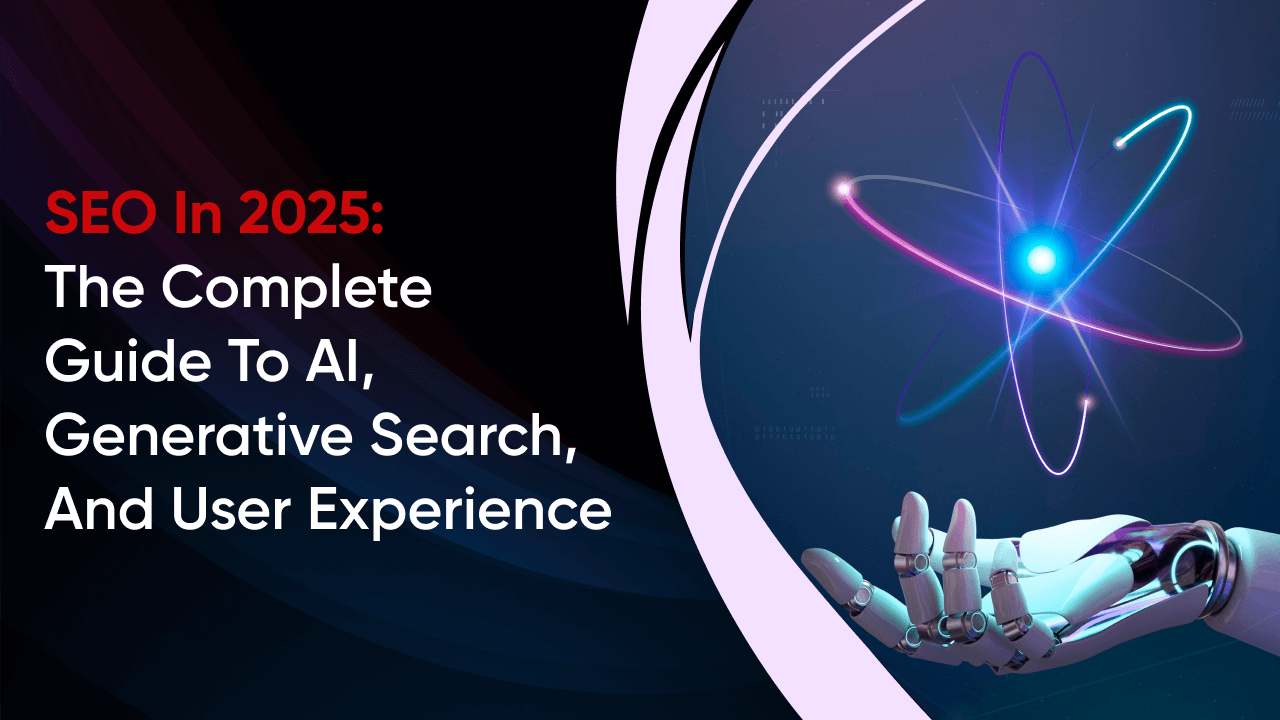SEO has always been about adapting to change. From the early days of keyword stuffing to mobile-first indexing, marketers have constantly adjusted strategies to match search engine updates. But in 2025, we’re entering a completely new era shaped by AI, generative search, and user experience.
If you want your business to succeed online, you can’t just rely on old-school SEO tactics. You need to understand how modern search works—and more importantly, how users interact with it.
Here’s a detailed look at the 8 key types of SEO in 2025 and how to use them to stay ahead.
1. AIO — AI Optimization
Artificial Intelligence is no longer just a tool—it’s the backbone of modern search. Tools like ChatGPT, Copilot, Gemini, and Perplexity are changing the way people search and consume information. Instead of typing a query into Google, users are asking AI assistants directly.
This means your content must be AI-friendly.
How to optimize for AIO?
- Use structured data: Schema markup helps AI understand the context of your content.
- Write for humans, but keep it scannable: AI tools extract clear, concise answers.
- Be present where AI pulls data from: Contribute to forums, Q&A sites, and authoritative platforms that AI references.
Instead of writing long, vague blogs, create actionable guides, FAQs, and lists that AI can easily pick up.
2. GEO — Generative Engine Optimization
Google’s Search Generative Experience (SGE) is revolutionizing the search results page. Instead of showing only blue links, Google now generates direct answers using AI. If your site isn’t optimized for this, you risk losing traffic.
How to win with GEO?
- Depth and clarity: Write comprehensive content that answers questions thoroughly.
- Use semantic keywords: Don’t just target one keyword—cover the entire topic cluster.
- Support content with data and visuals: AI tends to prefer well-structured, fact-backed content.
If you’re writing about “best HR software,” include comparisons, pros/cons, pricing details, and FAQs so your site becomes the source AI references.
3. AEO — Answer Engine Optimization
Answer engines like Alexa, Siri, and Google Assistant thrive on quick, digestible answers. Optimizing for them requires a slightly different approach compared to traditional SEO.
Best practices for AEO:
- Create Q&A sections on your website.
- Use short, simple sentences (under 20 words).
- Optimize for featured snippets (“position zero” on Google).
Instead of writing “Our software solutions provide various benefits to HR managers in terms of productivity and efficiency”, write “Cohrus helps HR managers save time, cut costs, and improve team productivity.”
4. SXO — Search Experience Optimization
SEO is no longer just about ranking—it’s about user experience. If visitors land on your site and leave within seconds, Google sees that as a negative signal.
How to improve SXO?
- Site speed: Every second of delay reduces conversions.
- Clean navigation: Users should find answers in 2–3 clicks.
- Mobile-first design: Most searches happen on mobile.
- Interactive elements: Use chatbots, calculators, and tools to engage users.
An HR software website that lets users calculate payroll savings with an interactive tool will keep visitors longer, improving SXO.
5. VSO — Voice Search Optimization
By 2025, over 50% of searches are voice-based. People speak differently than they type, which means your content must adapt.
How to optimize for VSO?
- Write in a conversational tone.
- Target long-tail keywords like “What is the best HR software for small businesses in Dubai?”
- Optimize for local intent, since most voice searches include phrases like “near me” or “closest to me”.
Instead of targeting “HR software Dubai”, also target “Which HR software is best for small businesses in Dubai?”
6. EEAT — Experience, Expertise, Authoritativeness, Trustworthiness
Google’s ranking systems rely heavily on EEAT signals to filter real experts from low-quality content. In 2025, EEAT isn’t optional—it’s mandatory.
How to build EEAT:
- Show real-world expertise: Add author bios, credentials, and experience.
- Back claims with proof: Use statistics, data, and case studies.
- Earn trust: Secure HTTPS, display reviews, and add transparency.
If you’re writing about cloud solutions, show your past projects, certifications, or testimonials instead of just giving generic advice.
7. LSEO — Local SEO
With AI and voice search pushing more location-based results, Local SEO is becoming stronger than ever. If you run a service-based business, this is your golden ticket.
Local SEO strategies for 2025:
- Optimize Google Business Profile with accurate info and regular updates.
- Encourage reviews: Positive reviews boost both trust and rankings.
- Use local keywords: Add city or region-specific terms to your content.
A plumbing company should rank for “plumber near me” or “24/7 plumber in [City]” instead of just “plumbing services.”
8. Video SEO
Video is dominating search results. Google increasingly embeds YouTube, TikTok, and Instagram videos into SERPs, meaning video SEO is critical for visibility.
How to optimize video content?
- Use keyword-rich titles and descriptions.
- Add captions and transcripts for accessibility.
- Create eye-catching thumbnails to boost clicks.
- Repurpose blogs into videos for cross-platform visibility.
If you wrote an article on “Best HR Software Trends in 2025”, convert it into a short explainer video for YouTube and TikTok to capture both readers and viewers.
Final Thoughts
SEO in 2025 is no longer about chasing keywords—it’s about understanding how people search, how AI delivers answers, and how users engage with content. From AI Optimization (AIO) to Video SEO, every element matters for building authority and capturing attention in a competitive digital world.
If you want to future-proof your business, you must adapt early. Focus on quality, clarity, and trust, and your site will not just survive but thrive in the age of AI-driven search.
